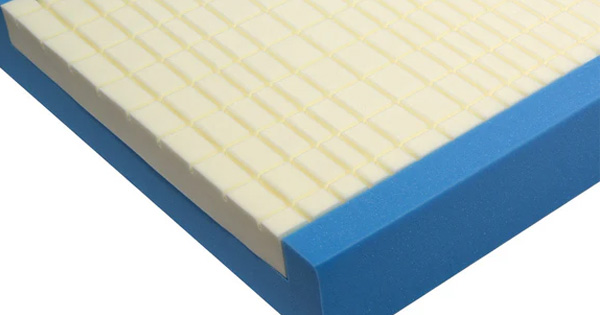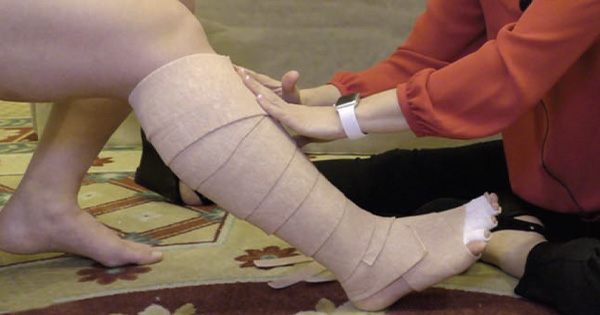Chronic venous disease (CVD) is a major cause of patient distress and an enormous clinical and financial burden to healthcare providers. Although CVD encompasses a spectrum of venous disorders (ranging from varicose veins to intractable venous ulceration), superficial venous reflux is a common finding. Early treatment can also prevent or slow progression to more advanced stages of CVD. A range of minimally invasive endovenous treatments is now available for superficial venous reflux. Novel treatments such as radiofrequency ablation, laser ablation and foam sclerotherapy have been proven to be effective and are recommended by NICE guidance. However, the national implementation of NICE referral and treatment guidelines for varicose veins remains suboptimal, with many patients not receiving appropriate investigations or treatments. The aim of this article is to discuss the importance of superficial venous reflux, describe modern endovenous treatment options and highlight future challenges in the management of patients with CVD, with or without active ulceration.






